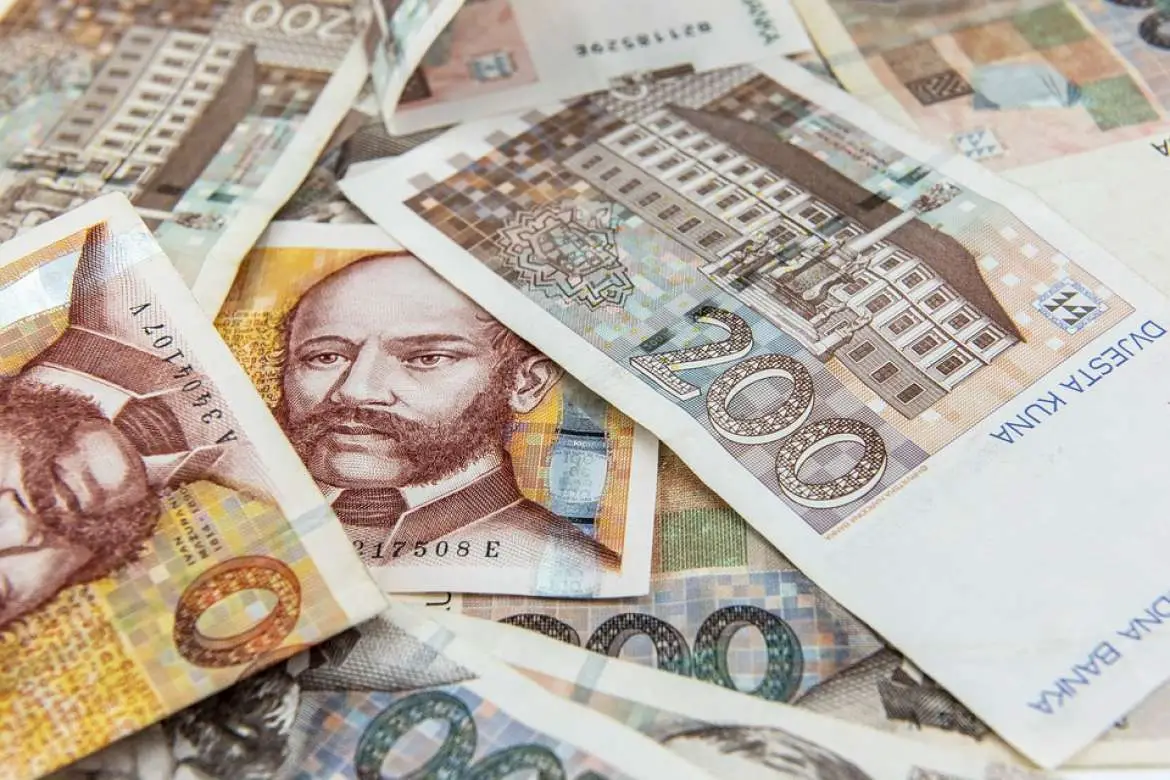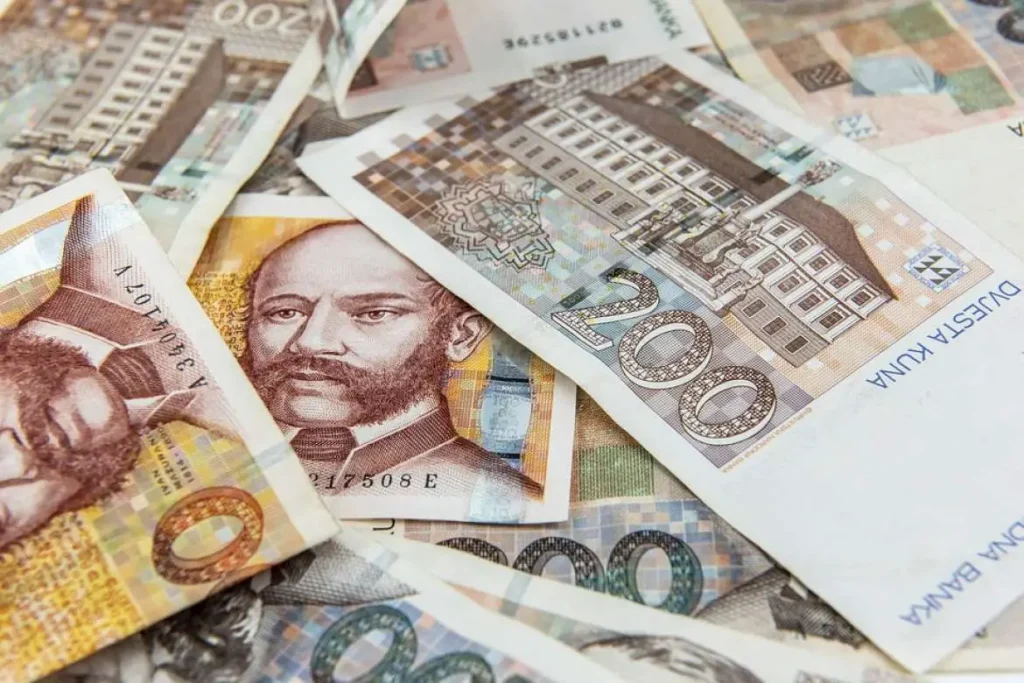
As Poslovni Dnevnik/Jadranka Dozan writes on the 1st of November, 2020, in an environment dominated by the unpredictable course of the ongoing coronavirus pandemic, it’s very difficult to predict and plan, so even with the state budget proposal for next year adopted yesterday, the Government session strongly pointed out that it reflects only the basic scenario. Do EU funds provide the answer to Croatian recovery?
The government has more or less remained on the trail of macroeconomic assumptions from the September Budget Guidelines, based on the epidemiological picture from the end of August, which has meanwhile deteriorated globally. However, the assumptions in the budgeting reflect the expectation of a return to last year’s level of economic activity at the end of 2022.
After this year’s 8 percent drop in GDP, a growth rate of 5 percent is expected in 2021, and then Croatian recovery and economic growth of 3.4 percent and 3.1 percent over the next two years, respectively. The biggest contribution to growth next year should come from the recovery of exports of goods and services (primarily tourism), which, like this year’s decline, should be in the double digits.
However, as imports are expected to grow at the same time, the contribution of net exports to Croatia’s enfeebled GDP growth will ultimately be lower than what is expected from personal consumption. Household spending is expected to rise 4.5 percent next year after falling 6.3 percent this year, according to government expectations.
When it comes to investing, the expectations are somewhat more modest; after an estimate of the decline for this year, the expectation for 2021 is growth of less than four percent.
The total budget revenues for 2021 are planned at 147.3 billion kuna or 12.3 percent more than the new plan for this year. When compared to last year, it’s been eventually reduced by almost nine billion, as a result of 12 billion kuna less revenue from taxes and contributions, but with a simultaneous increase in revenues owing to very welcome EU assistance.
On the other hand, total expenditures from all sources are planned for less than 158 billion kuna next year, which is an increase of two billion or 1.3 percent more than the rebalanced plan for 2020.
However, Minister Zdravko Maric emphasised that expenditures financed from sources that affect the deficit (from general revenues and receipts) are planned at 118.4 billion, which is 3.6 billion kuna less than the new plan for 2020.
Unlike this year, when 5.4 billion of payments under coronavirus measures 5.4 were financed from sources that affect the deficit, according to the plan for next year, 2.1 billion kuna under these measures are planned to be financed from EU funds (React EU), and from sources that affect the deficit – only 100 million.
Katanciceva also calculated that, when the impact of the government’s coronavirus measures is excluded from the expenditures, total expenditures financed from general revenues and receipts of the general government budget will increase by 1.7 billion kuna or 1.5 percent next year.
”The further deepening of the coronavirus crisis represents a great risk that is currently difficult to assess, and it would have a negative impact on budget revenues as well as on the needs of the economy for additional measures,” pointed out the Minister of Finance, Zdravko Maric.
In the planning of the state budget, Maric explained that the goal remains the sustainability of public finances, with the control of expenditures and continued tax relief. In terms of Croatian recovery, European Union funds are generally gaining in importance.
In addition to the EU budget in the coming years, these funds which will greatly aid Croatian recovery as a whole include a combination of grants and loans from the recovery fund under the EU Next Generation instrument, and in the Croatian case there are significant funds from the Solidarity Fund for Post-Earthquake Reconstruction available.
Croatia will thus have a total of 23.5 billion euros or about 176.3 billion kuna available for strategic, development and reform projects at its disposal, while it can count on 5.1 billion kuna from the Solidarity Fund for the reconstruction of earthquake-damaged areas.
The baseline scenario of macroeconomic and budgetary developments should also result in a return of the level of public debt and deficit to a downward trajectory.
When it comes to budget expenditures that affect the fiscal balance, the largest increases next year (compared to the rebalanced plan for this) are expected as a result of tax relief in income tax, the effect of which is estimated at two billion kuna.
Therefore, the budget envisages 1.5 billion kuna more in the name of compensation to local and regional self-government units.
Expenditures for employees (including education) are planned to increase by almost half a billion (493 billion kuna) next year, with these expenditures being increased by approximately the same amount as part of this year’s rebalance. A little less than 435 million kuna increase refers to participations for EU aid.
For the latest travel info, bookmark our main travel info article, which is updated daily.
Read the Croatian Travel Update in your language – now available in 24 languages
Join the Total Croatia Travel INFO Viber community.










